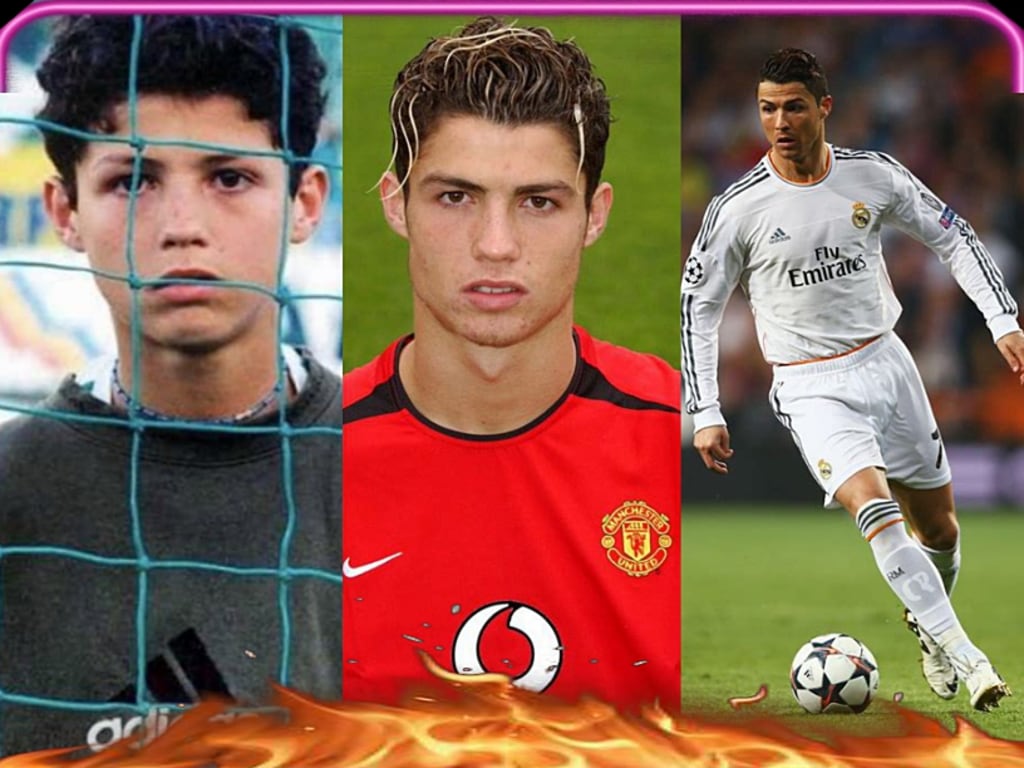Master Your Game The Ultimate Guide to Soccer Cleats
From Beginner to Ball Master Choosing the Right Cleats for Every Skill Level

Whether you are a wide eyed rookie stepping onto the pitch for the first time or a expert veteran aiming to refine your skills, having the suited shoes is necessary for mastering the lovely game. Soccer cleats are greater than simply flashy boots they're an extension of your body, providing the grip, support, and manipulation wanted to dominate the field.
But with a dizzying array of choices available, identifying on the ideal pair of cleats can sense like navigating a muddy labyrinth. Fear not, fellow footballers! This ultimate guide will equip you with the knowledge to conquer the cleat selection process, no matter your skill level.
Level 1: Grasshopper Takes Flight (Beginner Cleats)
Just starting out on your soccer journey? Welcome aboard! As a beginner, your primary focus has to be on developing basic capabilities like dribbling, passing, and shooting. Comfort is key at this stage, so prioritize cleats with a soft, flexible top that lets in unrestricted movement.
Surface Matters: Most beginner games will likely take place on well maintained grass pitches. Opt for firm ground (FG) cleats with a combination of bladed and conical studs for an accurate balance of grip and stability. Avoid metal studs, which are often prohibited on beginner pitches.
Fit for Fun: Finding a comfortable fit is paramount. Your toes need to have some wiggle room however, the heel mustn't slip when changing directions. Don't be afraid to try on one of a kind pairs and walk around to make sure they feel snug besides being restrictive.
Budget Friendly Options: As a beginner, you do not need the pinnacle of line cleats. Look for affordable options that offer decent quality and good grip. Remember, these are your training wheels; fancy features can come later as you develop your skills.
Level 2: Rising Star (Intermediate Cleats)
As you progress and become more confident on the pitch, your skill set evolves. You'll be focusing on sharper turns, better ball control, and quicker acceleration. Your cleats should adapt to this growing technicality.
Advanced Grip: Consider cleats with a slightly stiffer upper for enhanced support during sharper movements. Look for features like textured surfaces on the upper that aid in ball control.
Stud Configuration: FG cleats are still a good choice for most intermediate players, but some may prefer Artificial Turf (AT) cleats for a slightly softer stud configuration that works well on both grass and synthetic surfaces. Always check league regulations regarding cleat types allowed.
Material Matters: Leather cleats offer a natural touch and excellent comfort, but they require more maintenance. Synthetic materials offer durability and lightweight design, making them a popular choice for intermediate players.
Level 3: Ball Master (Advanced Cleats)
Welcome to the big leagues! As an expert player, you're pushing the limits of your skills with traumatic lightning reactions, pinpoint passing, and explosive sprints. Your cleats need to emerge as a seamless extension of your body, awaiting each and every pass and reacting instantly.
Lightweight Champions: At this level, every millisecond counts. Look for lightweight cleats with high performance materials that minimize weight without compromising on stability and support.
Enhanced Touch: For ultimate ball control, consider cleats with a thin, minimalistic upper that allows for a barefoot like feel on the ball. Textured surfaces on the upper surface further enhance your ability to trap and control the ball.
Stud Customization: Some advanced cleats offer interchangeable stud configurations, allowing you to tailor the grip to specific playing conditions. Experiment with different stud lengths and arrangements to find the perfect setup for your playing style and preferred surface.
Beyond the Cleats Essential Care Tips:
Even the best cleats won't perform optimally if neglected. Here are some must know care tips.
Keep Them Clean: After every use, brush off dust and mud from the studs. If they get soaked, allow them to air dry naturally away from direct heat sources. Regularly clean them with a damp material and mild cleaning soap to remove filth and prevent buildup.
Break Them In: New cleats can feel stiff at first. Wear them for quick periods at some stage in mild coaching sessions to permit the materials to soften and adjust to your feet.
Storage Matters: Store your cleats in a cool, dry area away from direct sunlight.
Know When to Replace: Worn out studs can compromise traction. Regularly look into the studs for signs of wear and replace them when necessary.
By following these tips and deciding on the right cleats for your skill level, you will be well on your way to studying the sport and dominating the pitch, no matter your experience. Remember, your cleats are your companions on the subject; make investments in their care, and they will assist you in reaching your full potential!
About the Creator
Sam Avery
The best content material in the international won’t force sales if no person sees. Good content isn't about precise storytelling. It’s about telling a true tale nicely.
Enjoyed the story? Support the Creator.
Subscribe for free to receive all their stories in your feed. You could also pledge your support or give them a one-off tip, letting them know you appreciate their work.






Comments
There are no comments for this story
Be the first to respond and start the conversation.